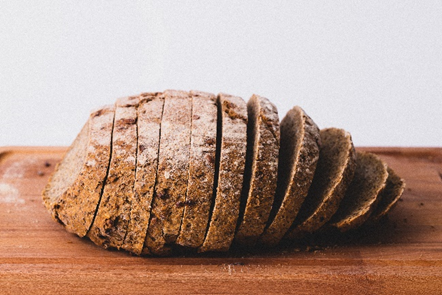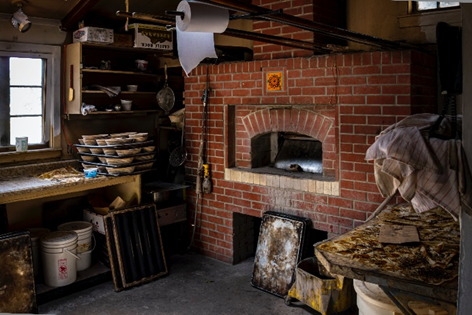Breaking bread with friends and family is a sacred
tradition. Soon, many families will break bread to honor a year of thanks.
However, in 19th century England, breaking bread often came with
stomach upset and other more serious illnesses. This is because cost- saving
measures often meant that the products that consumers bought were not always
pure. They were often mixed with cheaper ingredients to increase profits for
sellers. Flour was rumored to be mixed with other ingredients such as alum,
gypsum, plaster of Paris, and bone ash.
Photo by Jude
Infantini on Unsplash
Eventually, in 1836, a British law was created that limited
the ingredients used to bake bread. In 1850, the Lancet medical journal
found that all the samples of bread that they tested contained alum. Alum can
cause nausea and stomach upset if it is ingested. A severe case of flour
contamination was reported when a baker requested lead chromate from a
druggist. The druggist mistakenly gave the baker arsenic sulfide. Two children
narrowly escaped death because of the mishap.
Photo by Wendell
Shinn on Unsplash
Beginning in the 1850’s, scientists from various
backgrounds banded together to fight for laws that would ensure safer foods for
the public. The biggest change came when the Sale of Food and Drugs Act of 1875
was passed. By 1900 the mixture of foods with harmful substances had declined.
As we break bread during the holiday season remember to
give thanks for legislation that promotes safer foods for our communities and
our families.



No comments:
Post a Comment